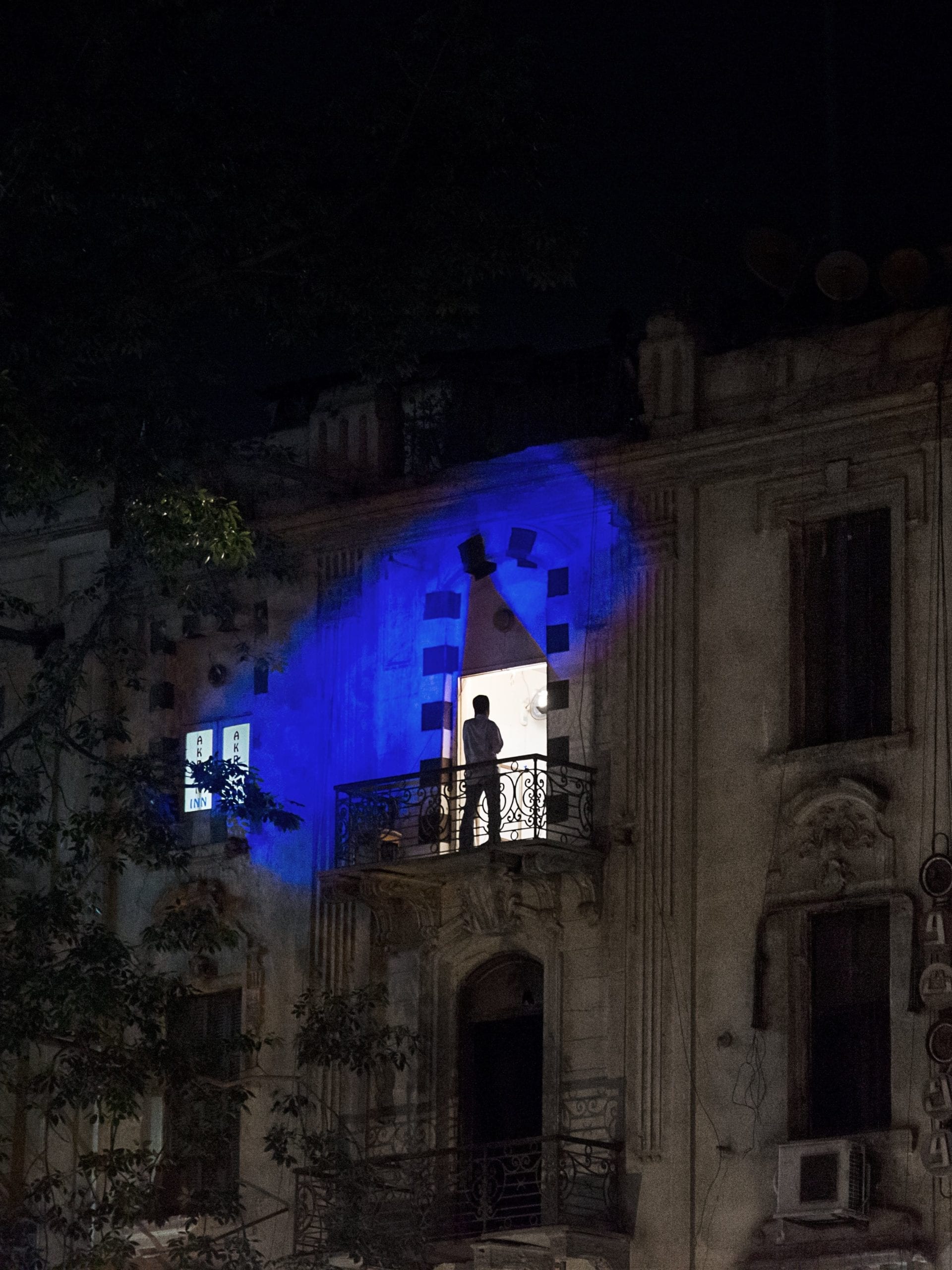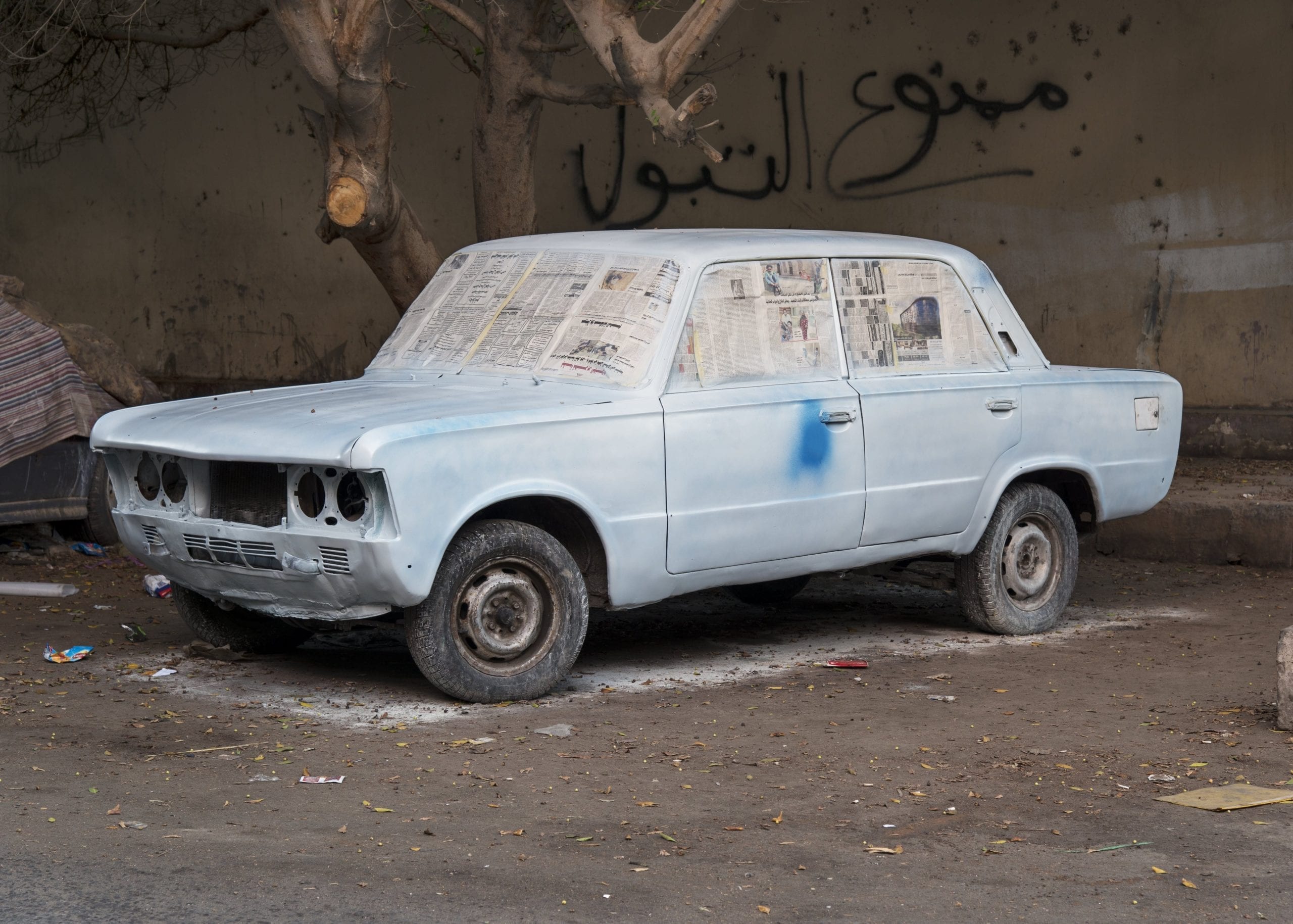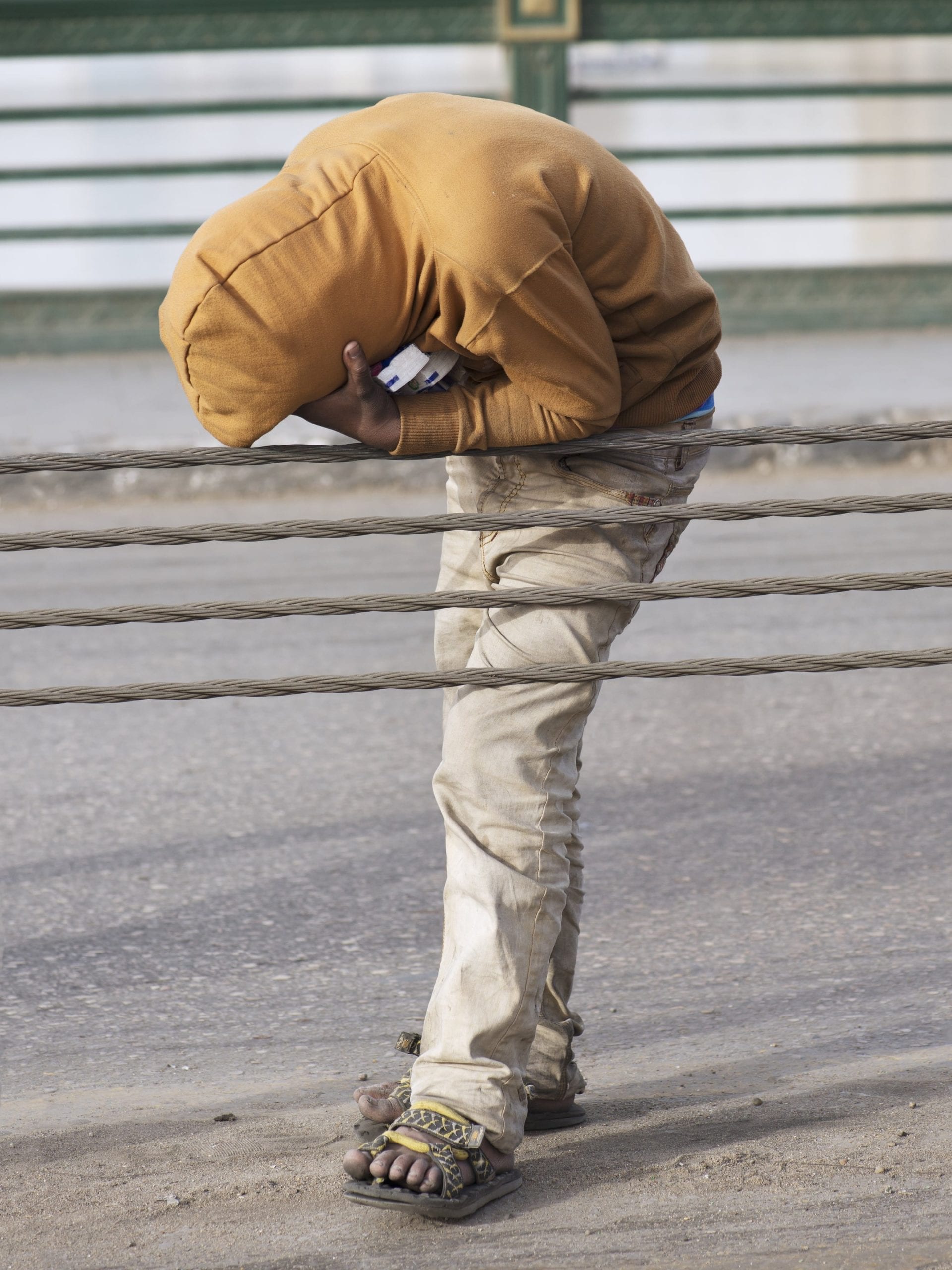When in July 2013 Matthew Connors turned the key in the lock of his Brooklyn studio for the first time in a year, he had more than 27,000 images on the hard drive in his bag. A professor at the Massachusetts College of Art and Design in Boston since 2004 (he commutes once a week from New York City via train), he had spent the previous 12 months on sabbatical, travelling through Egypt and North Korea, photographing both.
He had arrived in Cairo in the run-up to the second anniversary of the January 25th Revolution of 2011, when Egyptians had taken to the streets to end the three-decade-long presidency of Hosni Mubarak, one of a series of uprisings across the Middle East that became known as the Arab Spring. Connors admits to being shocked when he first saw Tahrir Square, the location in the centre of Cairo where the protesters had congregated. “I had come to know it mostly through journalistic images, where it had been swarming with people and full of encampments. But when I arrived in early January, none of that was there – the traffic was flowing. The only echo of this immense revolution was the graffiti on the walls.”
Prior to his sabbatical, he had spent almost a year photographing resistance activists participating in New York’s Occupy movement. Between 2011 and 2012 he visited sites of protest across the city, such as Zuccotti Park in lower Manhattan’s financial district, where a disparate, leaderless band of protesters had come together, each for their own cause, but under the now infamous slogan, ‘We are the 99%.’



“After the movement got up a little steam and a fair amount of media attention, there was a sense of it being this continuous tourist experience,” he told Big Red & Shiny magazine in 2013. “People would go down to Ground Zero, they would go shopping at Century 21, and then swing by Zuccotti Park to almost aggressively take pictures, not interacting with anyone. I saw how photography was being used to distance people from the movement and make them spectators.”
For his series General Assembly, Connors concocted a careful framework that was designed to initiate interactions with the protesters. He would take a portrait, talk to the subject about their involvement, obtain their contact information, email them the pictures, and then return with printed photographs to hand out.
“It became an exchange of images and ideas,” he says. “Over time the pictures started to mean something different. After I had amassed several hundred, it became a portrait of the movement.”
